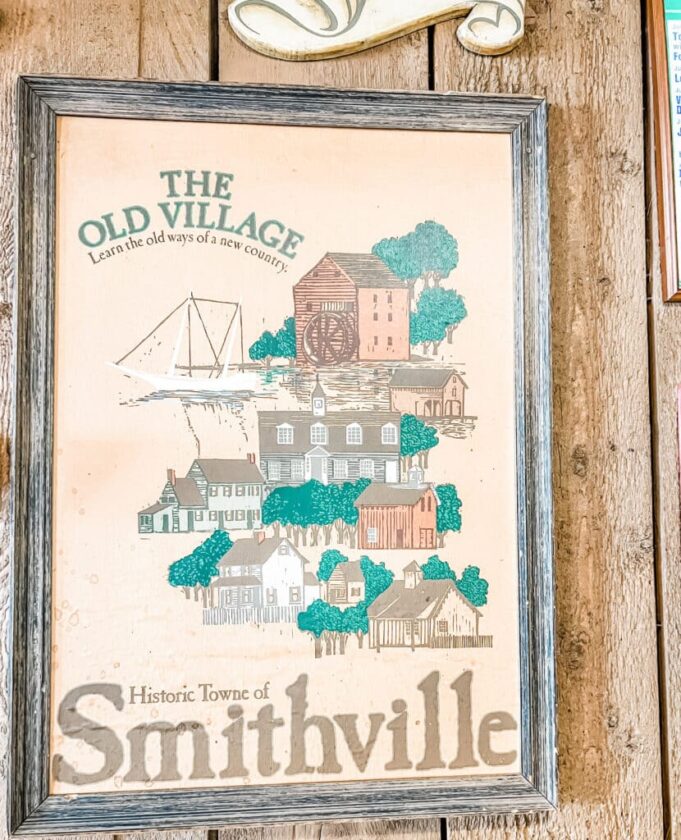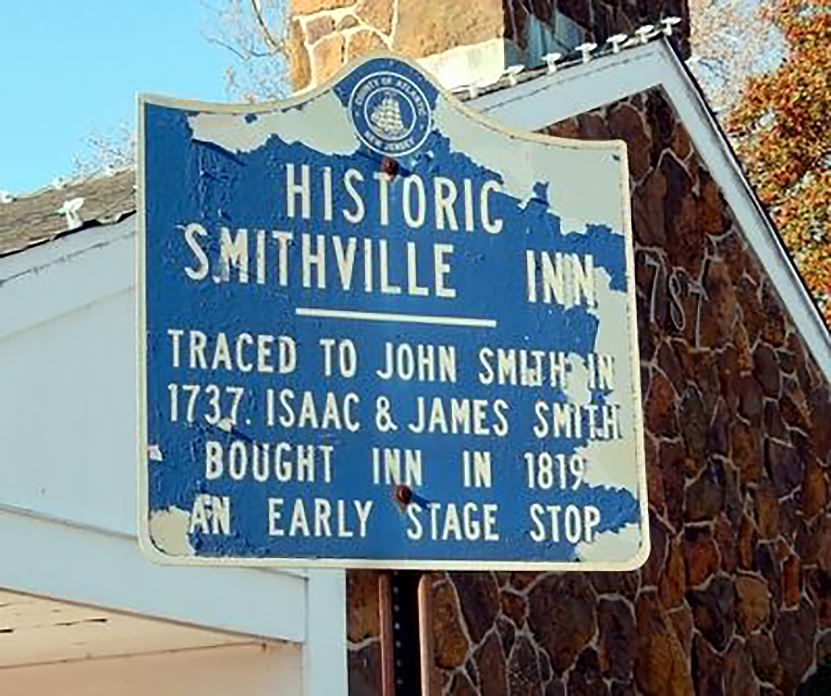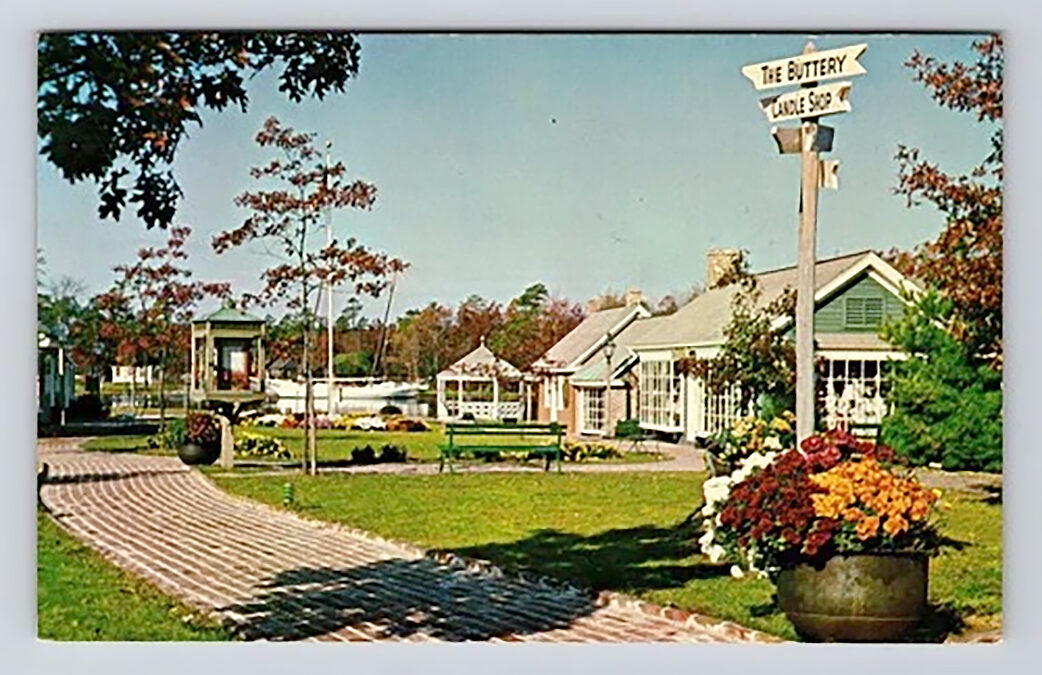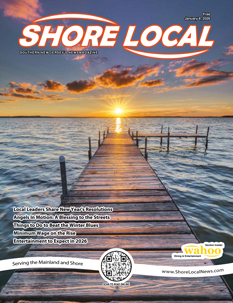While Smithville is known for its local charm and small-town shops, few know of its true origin. The weekend getaway destination, with a quaint bed and breakfast, six eateries, and plenty of homemade baked goods, actually gained its start with only one building.
In 1952, Fred and Ethel Noyes, a local couple, purchased what is now known as the Smithville Inn after discovering the property on a walk in the woods. The restaurant was originally an old stagecoach stop, built in 1787 by James Baremore. It started as just one room on a well-traveled stagecoach route where travelers stopped to rest or to change their horses. During the 1700s, houses and destinations were incredibly far apart. However, despite the distance, word of Baremore’s hospitality spread. Soon, Baremore and his family were able to make inn-keeping their living.
As a result of the family’s newfound success, they continued to operate the inn. By 1874, the building had grown to six times its original size. However, despite what seemed to be a well-kept and permanent establishment, the inn was abandoned sometime during the turn of the 20th century. That is, until a popular local couple discovered it on their walk.
Fred and Ethel Noyes purchased the building along with the seven surrounding acres for $3,500. The pair originally opened the building as an antique shop before evolving it into the Smithville Inn.
As the success of the restaurant grew, the Noyes’ were eager to expand the experience for their diners. This included the decision to add multiple historic South Jersey buildings to the property. The homes were restored and refurbished into stores and eateries. Some of these buildings include the John Grundler farm building, now known as the Honey Pot Shop, which was moved from Pitney Road in the 1960s. However, some of the buildings, such as the Smithville Inn, were original structures on the property when purchased by Fred and Ethel Noyes.
Fred and Ethel Noyes eventually sold the property to the American Broadcasting Company for $7 million in 1974. Afterward, it was sold to the Smithville Development Company. Smithville has undergone many ownership changes; however, it owes its start to the Noyes.

Fred Noyes grew up in Philadelphia as the son of a textile designer. With art prominent in his family, the young Fred Noyes discovered his passion for painting and even attended the Pennsylvania Academy of Fine Arts. However, he discontinued his studies because he did not want to adhere to the strict abstract style popular at the time.
Ethel Marie Lingelbach was raised on a farm in New Jersey. Due to her rich background in the folklore of the region and her pride in her Native American heritage, she was inspired to start her collection of American folk art.
Their passion for the arts is what inspired the business plan for Smithville. Even after Ethel’s passing in 1979, Fred continued to work on their unfinished projects. He opened the Noyes Museum in honor of her, and today, there are more than 200 of the Noyes’ paintings in the museum’s permanent collection. The Noyes’ continue to inspire admirers and art collectors with some of the best folk-art examples from New Jersey and the Mid-Atlantic Region.
After the opening of the museum, a share of Smithville was sold to a partner, James Cooper, of the Smithville Development Company in 1982. However, in 1985, the Philadelphia-based Smithville Association purchased the property and leased it to Cooper. Smithville eventually fell on hard times and had to be sold to the Crestmont Federal Savings Bank for $150,000.
Fast forward to the present day: The property is now split between two owners. The east side of Lake Meone, where Smithville is located, is owned by the Towne of Historic Smithville Partnership LLC. The Village Greene on the West side is owned by Wendie and Ed Fitzgerald.

Both owners have kept the rich history of Smithville alive through their dedication to Fred and Ethel Noyes’ vision. Today, Smithville stands as a cherished destination where history and community come together. Thanks to the care and commitment from its current owners, visitors can enjoy the town Fred and Ethel Noyes imagined decades ago. As Smithville continues to evolve, it remains a proud reminder of the region’s past and a gathering place for generations to come.
Rebecca Oldham is an emerging journalist and writer located in South Jersey’s Pine Barrens. She enjoys writing about the arts and all things community.













